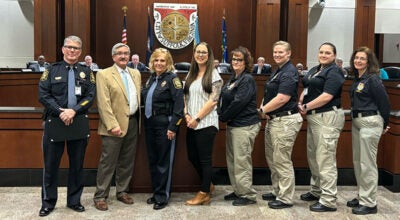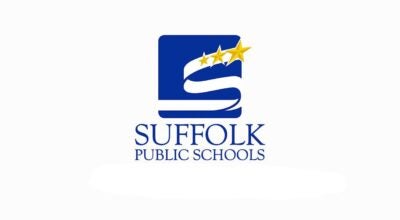Schools could see $4.2M energy savings
Published 10:41 pm Tuesday, August 23, 2016
The Suffolk School Board last week voted to ask the city to acquire funding for energy-saving improvements expected to save $4.2 million over 18 years.
The city and schools have been working jointly on the energy performance contracting project. The state program allows entities to contract with approved companies to make energy-saving improvements. The companies guarantee that the energy savings will cover the debt payments on the improvements; otherwise, the contractor writes a check for the difference.
“For us, there’s no risk,” Director of Facilities and Planning Terry Napier told School Board members during their meeting Thursday.
The city and schools contracted with Trane to make the improvements. Representatives from Trane spoke during Thursday’s meeting about the recommended improvements to school buildings.
Trane presented two options: One package that would cost $14.7 million and another that would cost $16.6 million. The second option would require an infusion of about $150,000 in cash, but the school division would receive about $1.9 million in additional work from that cash infusion.
Potential improvements include upgrades to LED bulbs for interior and exterior lights, as well as reflectors to maintain higher light levels with fewer bulbs. Occupancy sensors would be installed in gymnasiums and other select interior spaces. Vending machines would receive sensors to extinguish internal lights and maintain temperatures while the building is unoccupied.
Water savings would be realized through replacing urinals and toilets with low-flow devices and installing spray moderators on bathroom sinks.
“In Suffolk, the water is very expensive, so that is a good opportunity for savings,” John Groy of Trane said during his presentation to the School Board.
Controls for the heating, ventilation and air-conditioning system would be installed in a number of schools to allow the calibration of temperature, humidity and pressure sensors, verify the proper operation of the equipment and schedule nighttime operation at a lower level.
A number of schools would also receive major improvements to the heating, ventilation and air-conditioning system. Lakeland and Nansemond River high schools will receive major retrofits, as the systems there are now 26 years old and past their useful lives.
Chillers, hot water boilers, unit ventilators, variable pumping system and more would all be replaced at the two older high schools.
At Kilby Shores Elementary, where some equipment was installed as early as 1979, water source heat pumps would be replaced as well as hot water boilers and more.
Teachers in mobile units at most schools would no longer have the ability to control their own thermostats, as they would be pre-programmed, Napier added.
Also as part of the project, a small solar panel system would be installed at Lakeland High School as an educational aid.
“It’s a science experiment we are providing them,” Napier said, adding that the system would not actually power the school.
The second option, requiring an infusion of cash, would include some additional schools in the lighting and HVAC system upgrades.
Napier said the $4.2 million savings projected over the course of 18 years is in addition to the millions saved used to pay for the upgrades.
Groy said Trane also is working on proposals for the city.
“We’re further ahead with the schools,” he said. “Right now, we’re going at it separately. Once we get closer, we’ll tighten things up.”






